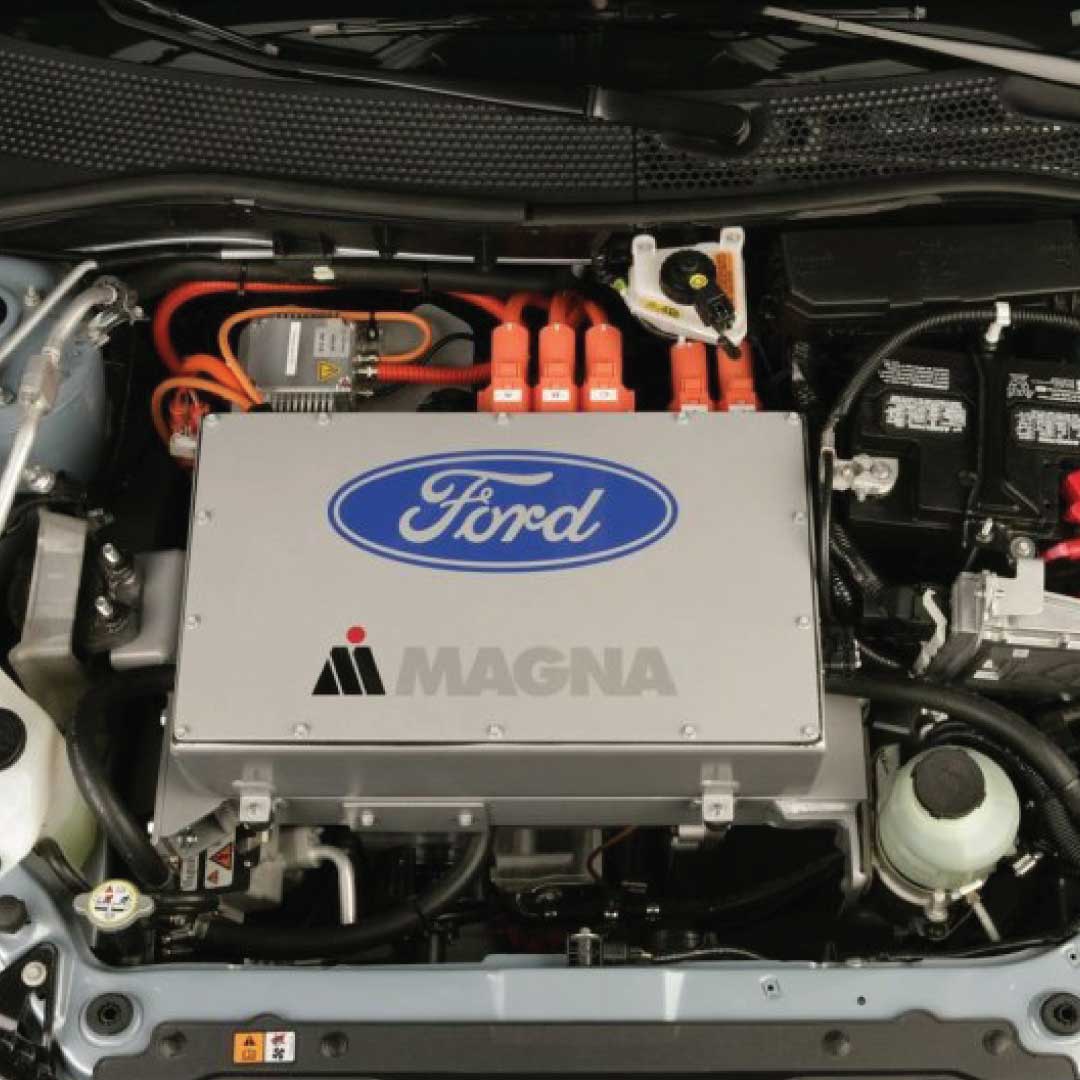Electric Vehicles (EV)are Different and Better. Very different from internal combustion technology that uses combustion and pressure to propel a vehicle, electric vehicles (EV) are controby electromagnetism.
Electric vehicles use very big traction battery packs to power the electric motor and the vehicle must be plugged into a wall outlet or charging equipment called electric vehicle supply equipment (EVSE).
Because EVs run on electricity, they do not emit exhaust from any tailpipe and do not contain the typical liquid fuel components, such as a fuel pump, fuel line, or fuel tank.
Basic components of Electric Vehicles
● Battery (all-electric auxiliary): In an electric drive vehicle, the auxiliary battery provides electricity to power vehicle accessories.
● Charge port: The charge port allows the vehicle to connect to an external power supply in order to charge the traction battery pack.
● DC/DC converter: This device converts higher-voltage DC power from the traction battery pack to the lower-voltage DC power needed to run vehicle accessories and recharge the auxiliary battery.
● Electric traction motor: Using power from the traction battery pack, this motor drives the vehicle’s wheels. Some vehicles use motor generators that perform both the drive and regeneration functions.
● Onboard charger: Takes the incoming AC electricity supplied via the charge port and converts it to DC power for charging the traction battery. It also communicates with the charging equipment and monitors battery characteristics such as voltage, current, temperature, and state of charge while charging the pack.
● Power electronics controller: This unit manages the flow of electrical energy delivered by the traction battery, controlling the speed of the electric traction motor and the torque it produces.
● Thermal system (cooling): This system maintains a proper operating temperature range of the engine, electric motor, power electronics, and other components.
● Traction battery pack: Stores electricity for use by the electric traction motor.
● Transmission (electric): The transmission transfers mechanical power from the electric traction motor to drive the wheels.

Ford’s Promise.
Electronic vehicles with battery capacity so high that they could powerhouses. This is Ford’s promise. Ford Motor Company has said it is increasing its proposed investment in its electric vehicle to cover 2022 to 2026.
“This is our biggest opportunity for growth and value creation since Henry Ford started to scale the Model T,” Ford’s chief executive, Jim Farley, said in a statement at a Bloomberg interview. “Our ambition is to lead the electric revolution.” He also said $50 billion will be invested in the company’s electric vehicle production by 2025.
Read Also: Flashbike Provides Pick-Up Services Using Fiverr Concept
Ford motors have gone from being a relative latecomer to battery-powered vehicles to making them a central focus. The company recently started delivering an electric sport utility vehicle, the Mustang Mach-E, that has sold well and been praised by car reviewers.
Ford introduced the F-150 Lightning, and president Biden drove the truck at a company track in Michigan and praised its rapid acceleration.
The increase in spending reflects new investments in better technology and production.
Ford has formed a joint venture with a South Korean company, SK Innovation, to manufacture battery cells at two plants in the United States for future Ford and Lincoln vehicles.
Read Also : Vodacom Announces Africa’s First Amazon Web Services Innovation Lab
Ford said it will need 10 battery factories by 2030 and it plans to form additional alliances with other battery makers. “We don’t underestimate the challenge of fundamentally transforming a company like Ford,” Farley told analysts. “This is our plan, and it’s a very different investment thesis from our competition.”
Electric Vehicle Battery Durability
EV battery requirements are complex. They need to be able to store a lot of energy, but also recharge quickly, and retain their energy density over thousands of charging cycles.
There are so many cells in a typical EV battery that they retain capacity even after hundreds of thousands of miles; although they won’t perform as well as when box-fresh and new, they will keep holding the charge for many, many years to come. The expected electric car battery life lasts for at least a decade.
Are Electric Vehicles safe?
Electric vehicle batteries are rigorously tested and manufacturers put plenty of safety systems in place to make sure they’re safe. If you’ve spent the last few years driving around with highly flammable petrol or diesel stored in your fuel tank, there’s really nothing to worry about.

Electric vehicle passengers will never be exposed to dangerous shocks, and in any case, the batteries are typically protected from impacts by being packaged low down in the middle of the car to prevent them from being damaged in a crash, which could cause a fire.
In conclusion, while an EV is more expensive to manufacture, it is in fact better for the environment over its whole lifecycle. And when an electric car reaches the end of the road, those valuable batteries can be removed and used to store energy to power your home more efficiently. Smart energy supply systems are the next big thing, and electric vehicles are the future of road transportation.
